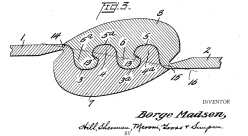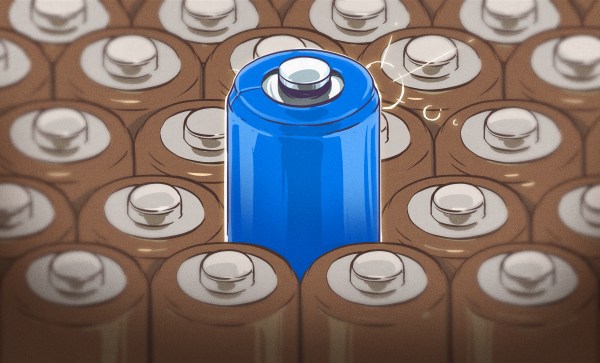You probably think of them as “Ziploc” bags, but, technically, the generic term is zipper bag. Everything from electronic components to coffee beans arrive in them. But they weren’t always everywhere, and it took a while for them to find their niche.

A Dane named Borge Madsen was actually trying to create a new kind of zipper for clothes in the 1950s and had several patents on the technology. The Madsen zipper consisted of two interlocking pieces of plastic and a tab to press them together. Unfortunately, the didn’t work very well for clothing.
A Romanian immigrant named Max Ausnit bought the rights to the patent and formed Flexigrip Inc. He used the zippers on flat vinyl pencil cases and similar items. However, these still had the little plastic tab that operated like a zipper pull. While you occasionally see these in certain applications, they aren’t what you think of when you think of zipper bags.
Zipping
Ausnit’s son, Steven, figured out how to remove the tab. That made the bags more robust, a little handier to use, and it also rendered them less expensive to produce. Even so, cost was a barrier because the way they were made was to heat seal the zipper portion to the bags.
That changed in the 1960s when the Ausnits learned of a Japanese company, Seisan Nippon Sha, that had a process to integrate the bags and zippers in one step which slashed the production cost in half. Flexigrip acquired the rights in the United States and created a new company, Minigrip, to promote this type of bag.


















